Are You Ready?
In the early 1990’s I was the executive director of a humane society in Kansas. It was a very rewarding job and we helped many animals. A number were dogs that fled in terror during the frequent thunderstorms that rolled across the prairie. Safe in our animal shelter, they still believed the world was coming to an end and could not be consoled until the weather had passed. Sometimes tornados swept down on us, leaving immense destruction in their wakes.
I remember being awoken at about two a.m. one night by the sound of sirens. Groggy and half-asleep, I assumed it was our security system until I peered out my window and saw the rain blowing sideways. It took my brain a moment to register what was going on, then I frantically grabbed my dog and cats and made a beeline for the tornado shelter a few steps outside my home. We made it safely there and waited out the storm with neighbors. When daylight arrived and the storm had passed, we saw that a tornado had struck about a quarter of a mile from our location. We were very lucky.
September is National Preparedness Month, established to raise awareness about the importance of preparing for disasters and emergencies that could happen at any time. By now we all know about the importance of including our pets, livestock, and other animals in our emergency planning efforts. But have you taken stock of your current state of readiness?
Living in Southern California, we are accustomed to wildfires, mudslides, and earthquakes. But sometimes other events occur that we never would have anticipated, such as train derailments, chemical spills, or airplane crashes. Any of these incidents might mean we must immediately evacuate our homes and be prepared to live somewhere else for several weeks, if not longer. Now is the perfect time to make sure your animals will be safe if such tragedies were to occur. Here are some important things to do:
- Microchip your animals and MAKE SURE YOUR REGISTRATION IS CURRENT. DACC receives many microchipped animals, but sometimes the owners have failed to update their contact information when they moved. Look up your registration for your pet’s chip registry and make sure everything is accurate. This is the best way to get your lost animal returned to you. Microchips can be implanted in almost any species of animal.
- Check your pet’s collar and tags to make sure the tags are legible (long term wear causes text to fade) and securely fastened. O-rings and S-hooks that normally attach tags will break over time, and tags can be lost without the owner realizing it.
- Purchase a pet tracking device to put on your pet’s collar, harness, or halter. These GPS trackers will work with your smart phone to tell you exactly where your animal is. Pets can be separated from their owners in the chaos of evacuations and taken in by Good Samaritans. The pet tracking devices are a great way to quickly locate your pet and be reunited.
- Assemble necessary documents and place them in a waterproof bag. The documents should include copies of your pet’s vaccinations, licenses, prescriptions (if you don’t have a prescription you won’t be able to refill medications, an important consideration if your regular veterinary hospital is affected by the disaster), copy of the microchip number and registry, and photographs of your pet from different angles. Include any documents important for your pet’s well-being, such as unique medical diagnoses or treatments that another veterinarian may need to know. Include a “pet personality profile” in case someone else must care for your pet. This profile should include what it eats, any fears it has, what it likes, etc. This information can help caregivers provide the best possible care for your animal in your absence. Take this with you whenever you travel with your pet.
- Identify two emergency contacts to assist with your pet’s care in case you are unable to do so. One should be local, and another outside of the area likely to be affected by an emergency. Put all their names and contact information in your document pouch.
- Assemble a “Go Bag” that you can grab in an emergency. In this bag you will put your document pouch, a seven day supply of medication, five days’ worth of pet food (put dry kibble in plastic baggies and rotate the food out so it doesn’t get stale), toys, extra leashes and collar, treats, and anything else that will make your pet more comfortable during a stressful evacuation.
For horses and livestock:
- Make certain your trailer is safe and functional. Perform a complete safety check, including the flooring, frame, welds, axle, brakes, lights, hitch, interior safety and tires. Do this now, before you must move your animals. Do not use your trailer to store things that you will have to unload before you load animals.
- Ensure your horses or other livestock will quickly and obediently load. There have been unfortunate cases of animals left behind because owners were not able to load them into the trailers for evacuation.
- Include copies of vaccinations, especially Strangles, Equine Infectious Anemia, and West Nile virus for horses. If you live in an area where evacuations might include crossing state lines, talk with your veterinarian about having annual Coggins tests for your horses to allow them to be brought into another state.
- DACC encourages the microchipping of horses and livestock, not only to identify them if they become lost or evacuated without identification but also to reduce the threat of livestock theft. Microchip your livestock and keep the microchip records up to date, with copies in your evacuation kit.
- Lists of all medications, special feed, medical issues, or other needs your animals may have.
- Have clear photographs of your animals, both full bodied from both sides as well as of any brands, ear tags, ear notches, or other identifying information.
- If you are evacuating livestock from threat of fire, do not place any shavings, straw, or other bedding in the trailer because sparks can fly into the trailer and ignite the bedding. For the same reason, do not put blankets on your horses when evacuating from fires.
- Bring fly masks, fly sheets, halters and lead ropes, and other items for your animals’ comfort.
- Many people will identify their horses by writing their phone numbers on the horses’ hooves or attaching an equine-specific safety neck band with identifying information. This is a good supplement to the microchip.
Los Angeles County’s Emergency Survival Guide is available in many languages and can provide more information to assist you in preparing for emergencies:
https://lacounty.gov/emergency/preparedness/emergency-survival-guide/
If you would like to contribute to DACC’s emergency response program that rescues animals during disasters, please donate to the Los Angeles County Animal Care Foundation’s Noah’s Legacy program. This program has purchased emergency evacuation trailers, emergency supplies, and even a medical response unit to provide care for evacuated animals. Learn more at: https://lacountyanimals.org/way-to-give/disaster-relief/
We all hope that we will never be faced with emergency evacuations and disasters but failing to be prepared will make these circumstances that much worse. Please share this information with friends and neighbors, so they and their animals may too be prepared for emergency situations.
Marcia Mayeda
You can subscribe to Marcia’s blog here: https://animalcare.lacounty.gov/directors_blog/

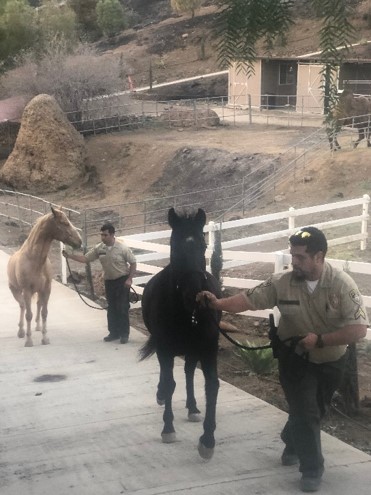


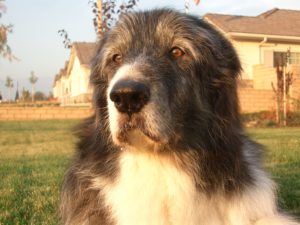
 As Judy remarked, “She is a member of the family and we love her dearly. Even through these hard times, she continues to bring us much joy and happiness. Every day spent with her is a blessing.
As Judy remarked, “She is a member of the family and we love her dearly. Even through these hard times, she continues to bring us much joy and happiness. Every day spent with her is a blessing.


 In my early twenties I worked on a sheep farm in southern Illinois. The farm had about 1,000 sheep and two Great Pyrenees dogs to protect them. Great Pyrenees dogs are a type of dog known as a livestock guardian dog (LGD); they do not herd the sheep like border collies but are there instead to protect the sheep from predators. They are giant, white (mostly), hairy dogs that blend in well with the flocks.
In my early twenties I worked on a sheep farm in southern Illinois. The farm had about 1,000 sheep and two Great Pyrenees dogs to protect them. Great Pyrenees dogs are a type of dog known as a livestock guardian dog (LGD); they do not herd the sheep like border collies but are there instead to protect the sheep from predators. They are giant, white (mostly), hairy dogs that blend in well with the flocks.
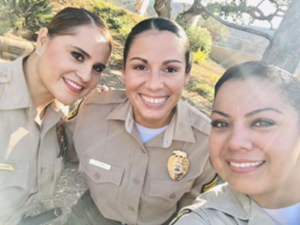 Animals are a beloved and popular topic for film and television because they provide heartwarming stories and highlight the intrinsic reward of the human-animal bond. Many wonderful TV shows and films have helped elevate the public’s awareness of kindness towards animals, how to care for them, and the importance of protecting them in our society. Keeping animals in the forefront of peoples’ minds is a good thing.
Animals are a beloved and popular topic for film and television because they provide heartwarming stories and highlight the intrinsic reward of the human-animal bond. Many wonderful TV shows and films have helped elevate the public’s awareness of kindness towards animals, how to care for them, and the importance of protecting them in our society. Keeping animals in the forefront of peoples’ minds is a good thing.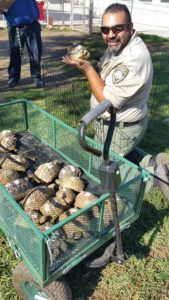
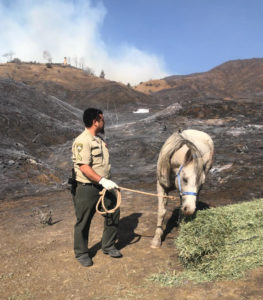
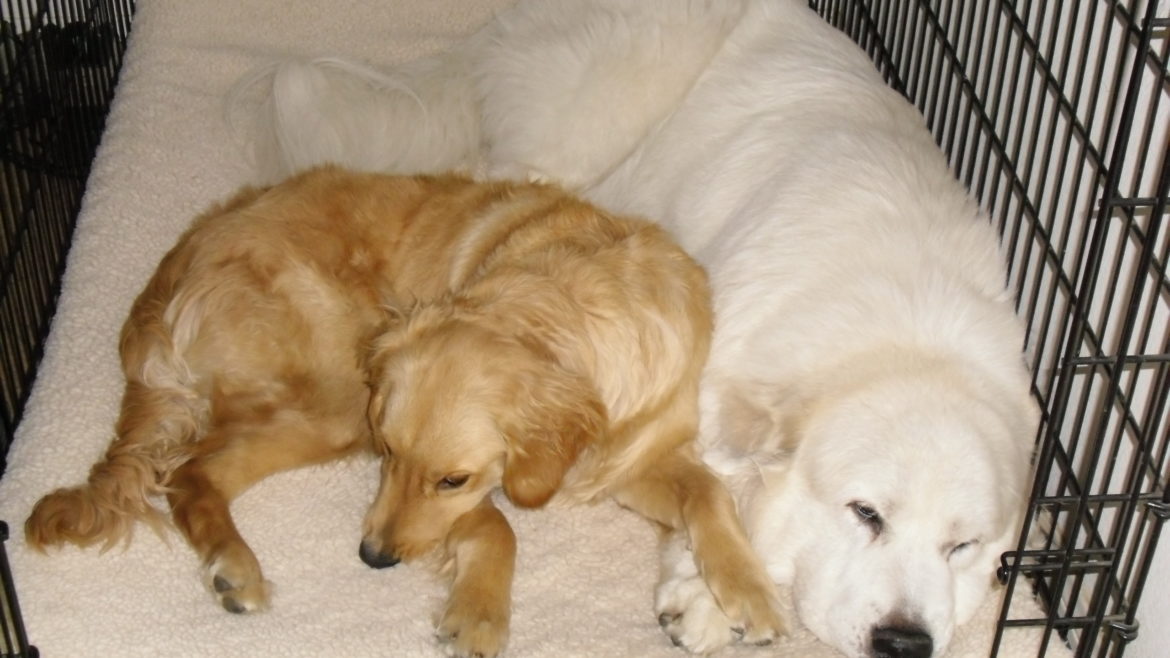


 The Crisis in Veterinary Medicine
The Crisis in Veterinary Medicine



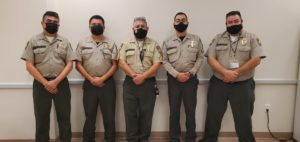 Through our animal facilities inspection program, we inspect and regulate more than 500 such facilities and have a very experienced team of five officers who ensure these facilities are properly managed and their animals humanely cared for. Our officers rely on Los Angeles County Code Title 10 – Animals, which establishes standards and requirements for animal facilities. DACC animal business license inspectors visit each facility at least annually; some facilities require follow-up visits to ensure deficiencies have been addressed. Others, like commercial animal breeding businesses, require more frequent inspections as set forth in Title 10. Officers also respond anytime complaints are made about conditions at a facility.
Through our animal facilities inspection program, we inspect and regulate more than 500 such facilities and have a very experienced team of five officers who ensure these facilities are properly managed and their animals humanely cared for. Our officers rely on Los Angeles County Code Title 10 – Animals, which establishes standards and requirements for animal facilities. DACC animal business license inspectors visit each facility at least annually; some facilities require follow-up visits to ensure deficiencies have been addressed. Others, like commercial animal breeding businesses, require more frequent inspections as set forth in Title 10. Officers also respond anytime complaints are made about conditions at a facility.


 The okapi, also known as the forest giraffe, is a beautiful and shy creature from the forests of central Africa. They have a rich, mahogany coat with striped legs and haunches, and their body shape resembles a giraffe. I think they are amazing creatures and threw that in because I think more people should know about them.
The okapi, also known as the forest giraffe, is a beautiful and shy creature from the forests of central Africa. They have a rich, mahogany coat with striped legs and haunches, and their body shape resembles a giraffe. I think they are amazing creatures and threw that in because I think more people should know about them.